Hanoi: The left arm of a 17-year-old boy has a congenital arteriovenous malformation, with many hemangiomas, a honeycomb-like deformity, and pain.
The doctor said that the arteries and veins in the patient's arm had abnormal connections, forming hemangiomas from the shoulder blade to the hand, causing deformation and reduced function of the left arm, compressing the nerves.
On May 13, the patient’s mother said that when her child was born, his arm was blue and his family thought it was eczema. At one month old, his arm grew bigger and was painful. He went to many places for examination, some doctors diagnosed him with a hemangioma, some doctors thought it was varicose veins but they could not treat it. Recently, his arm became weaker and more painful, so he went to Hanoi Heart Hospital for treatment.
Associate Professor, Dr. Nguyen Sinh Hien, Director of Hanoi Heart Hospital, said this was a complicated case, with a CT scan showing the patient's left arm "pockmarked like a honeycomb". For normal people, the images of body parts appear flat and smooth, unless there is a pathology.
"If this patient does not receive intervention, it could lead to heart failure, bleeding in the muscles, blood clots causing complications such as infection, bleeding, and embolism. In more serious cases, limb amputation would be required," Associate Professor Hien said.
Doctors consulted with colleagues from Singapore, in a program to exchange professional experiences on peripheral vascular disease, and intervene for patients. Through imaging, doctors determined the locations of lesions, then used glue and chemicals to seal these lesions, and injected sclerosing agents into the blood vessels. The purpose was to preserve and restore limb function, avoiding complications.
After the intervention, the patient's health stabilized and the pain in his hand lessened. Because many areas were damaged, one intervention could not cover all the areas, and it is expected that the patient will need several more interventions to fully heal.
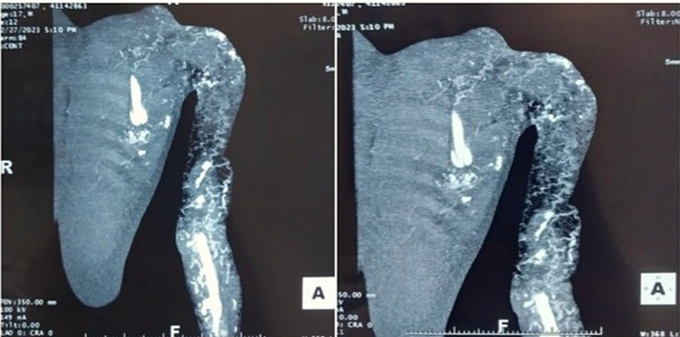
Multi-slice computed tomography scan shows the patient's left wing is pitted like a honeycomb. Photo: Provided by the hospital
According to Associate Professor Hien, over the past 20 years, vascular diseases have increased rapidly due to eating habits, lack of physical activity, smoking and nervous tension, leading to atherosclerosis. Three treatment methods include medication; eliminating risk factors and vascular intervention; combining vascular intervention and surgery. After treatment, patients must undergo medical treatment and change their lifestyle.
Vascular disease treatment techniques are increasingly developing, thanks to doctors regularly exchanging experiences with foreign colleagues, such as the doctor in Singapore in this patient's case, according to Associate Professor Hien.
Le Nga
Source link




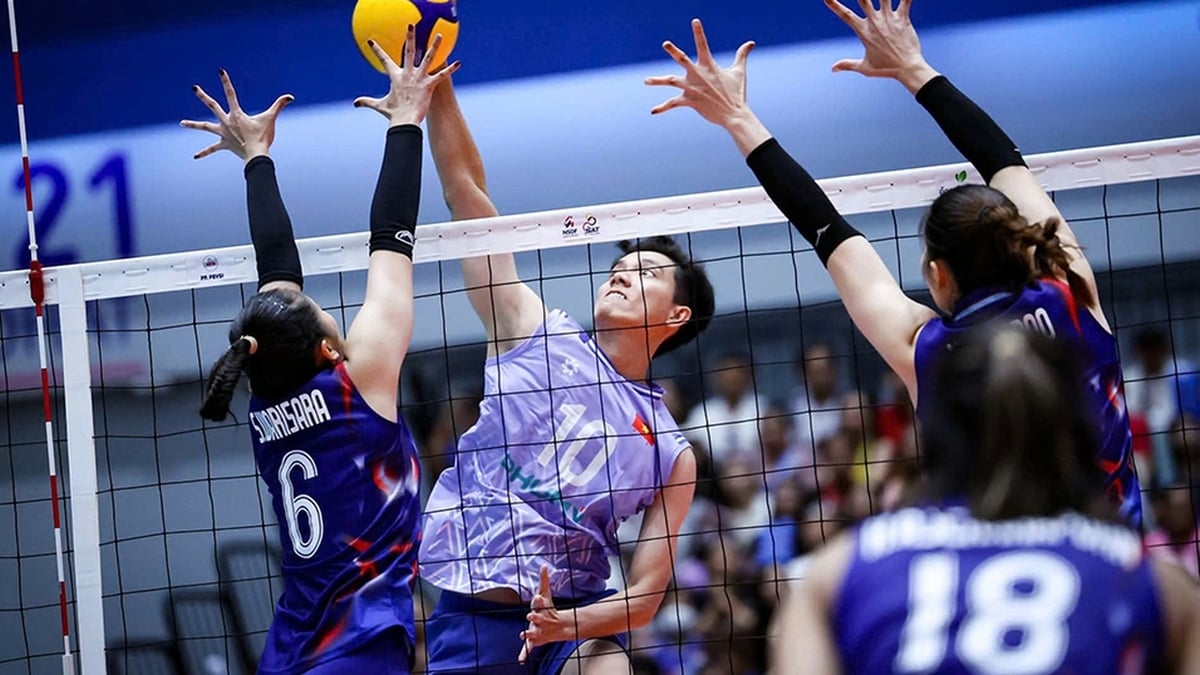
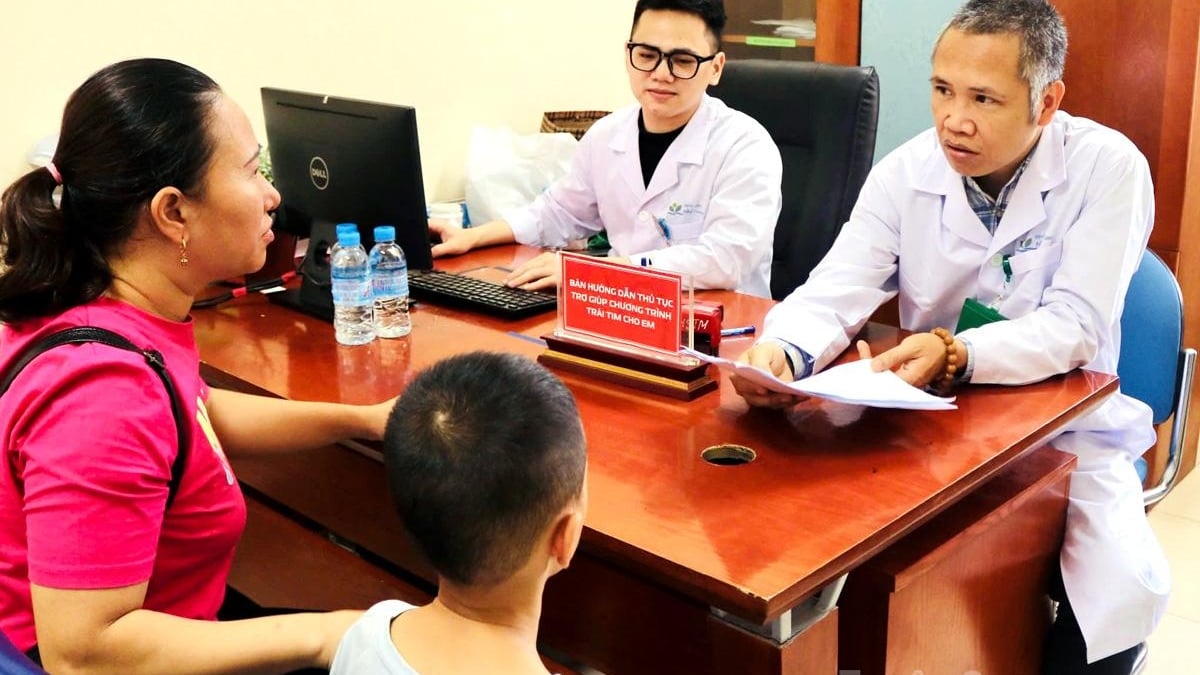





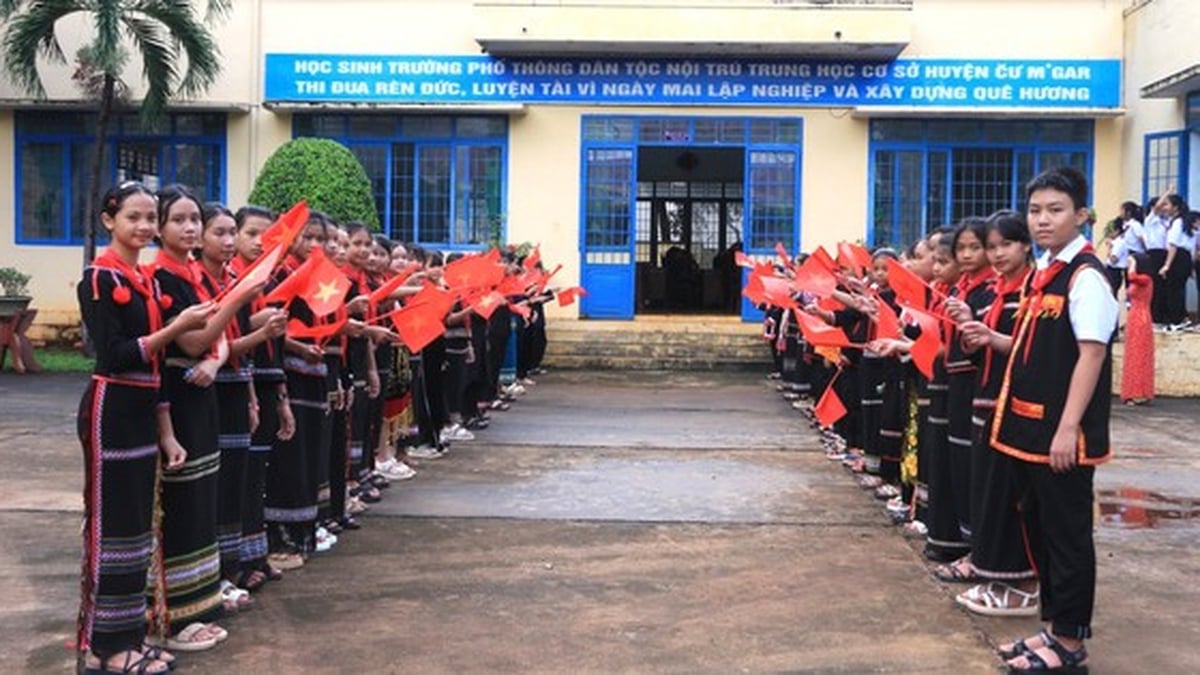






















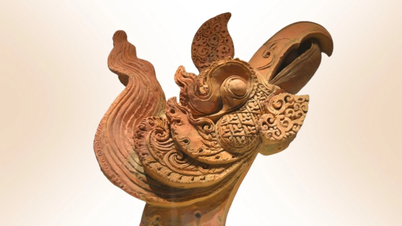















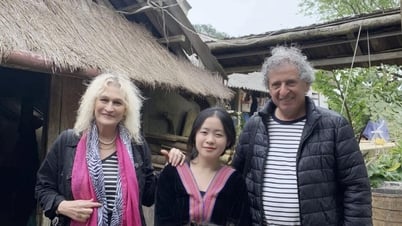
















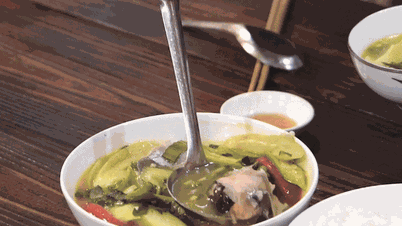
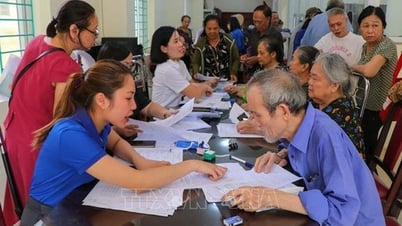




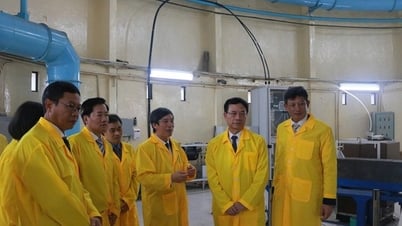


























Comment (0)